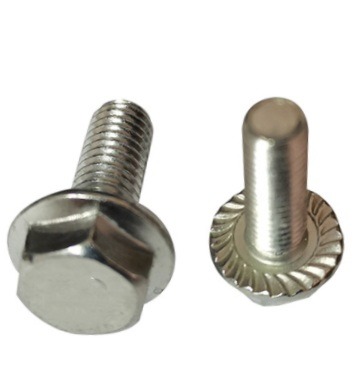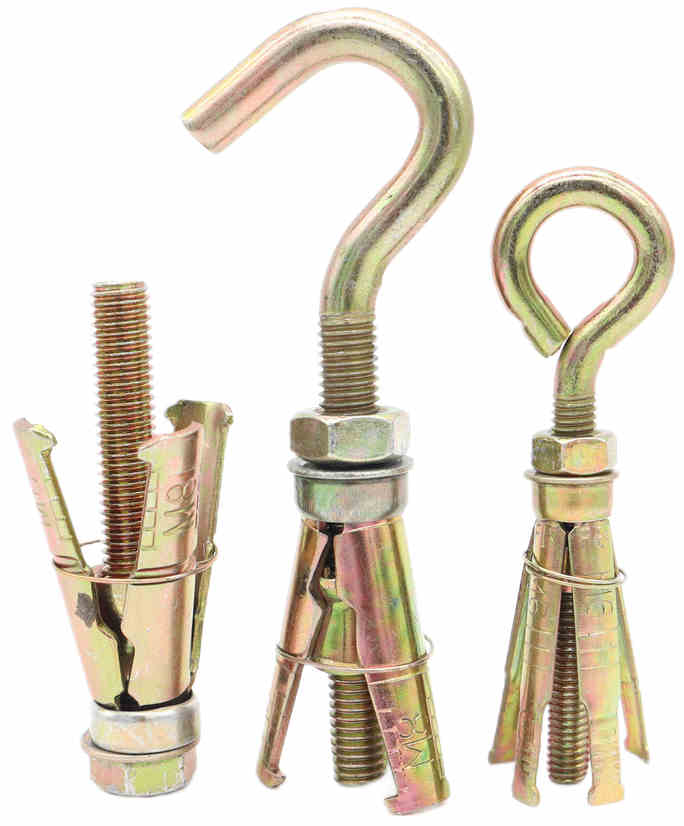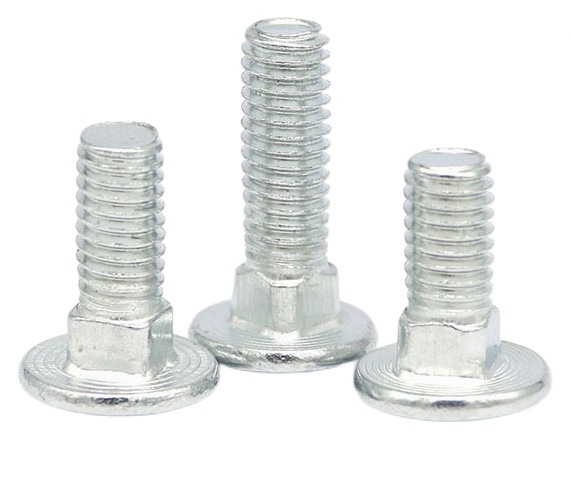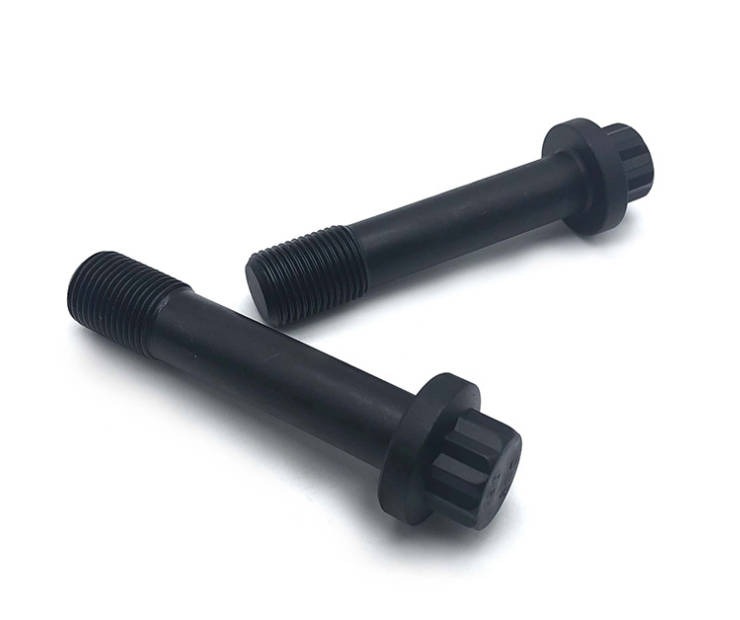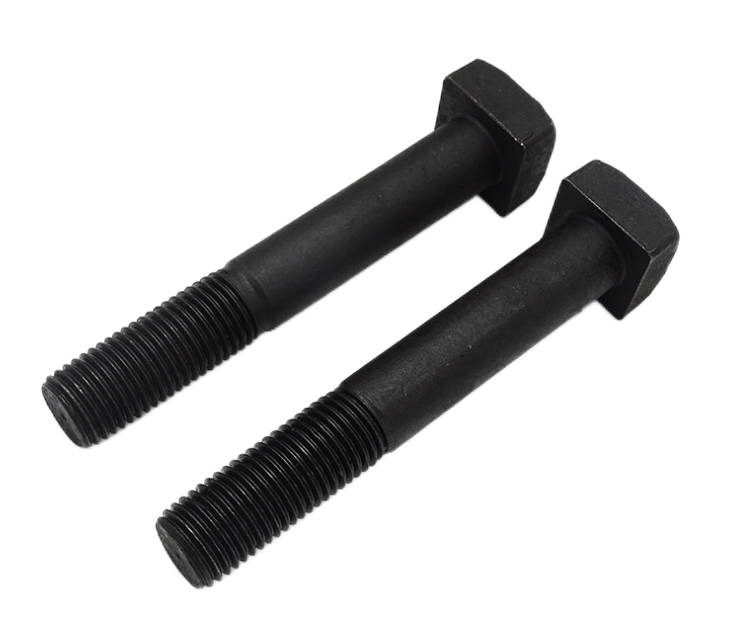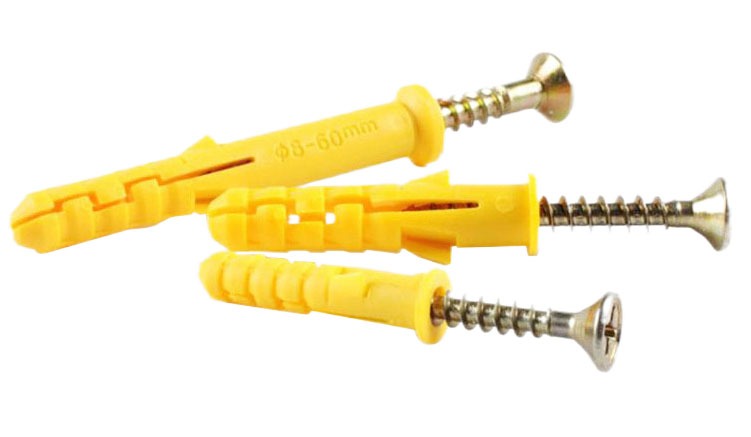3 Key Points To Know Bolt Torquing and Tensioning Comprehensively
Bolted joints are important to ensure the safety, reliability, and performance of the equipment or structure. Bolt torquing and tensioning are two techniques used for bolt tightening and ensuring proper clamping force.
Importance of Bolt Torquing and Tensioning
Safety
Bolts that are properly torqued or tensioned minimize structural failure, equipment damage, and, most critically, injuries or fatalities that can occur as a result of bolted connection failure.
Reliability
Correctly tightened bolts maintain their clamp load and, as a result, do not loosen with time. This improves equipment reliability and prevents costly downtime associated with maintenance and replacement.
Performance
Tightening bolts to the proper torque or tension ensures that the equipment or structure functions properly. This is especially important in high-stress applications where equipment or structures may be subjected to tremendous loads.
Cost
Correct tightening practices can lead to lower maintenance costs and longer service life of bolts. Over-tightening or under-tightening of bolts can lead to premature wear, fatigue, or failure, which can result in costly repairs or replacement.

What are Bolt Torquing and Tensioning?
What is Bolt Torquing?
Definition of Bolt Torquing
Bolt torquing is the process of tightening it to a certain torque setting with a torque wrench. Torque is a rotational force measurement that relates to the amount of force required to turn a bolt to a specific degree of tightness. The torque required to properly tighten a bolt is determined by various factors, including the bolt’s size and grade, the material being secured, and the planned function of the bolted connection. When tightening bolts, it is critical to utilize the optimum torque setting to provide proper security and to avoid damage to the bolt or the material being secured.

Advantages and Disadvantages of Bolt Torquing
Advantages
Precise Tightening: Bolt torquing allows you to apply a precise amount of force to it, guaranteeing that it is tightened to the manufacturer’s suggested specifications.
Consistent Results: The torque wrench applies consistent force to each bolt, resulting in similar levels of tension across all bolts, which can lead to a more reliable and equitable distribution of load on the bolted joint.
Reduced Risk of Damage: Over-tightening or under-tightening of bolts can cause harm to the bolt or the material being secured. Bolt torquing lowers this risk by ensuring that the appropriate amount of torque is applied to each bolt.
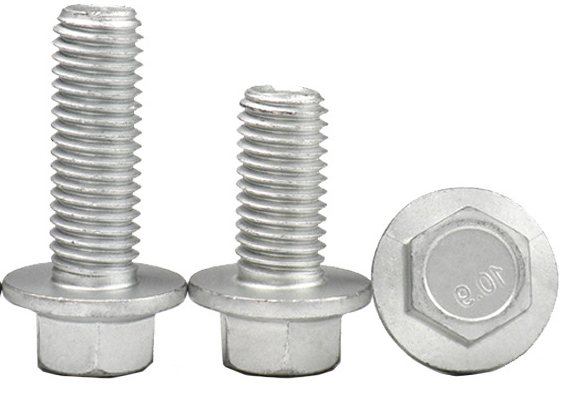
Disadvantages
Difficulty in Tightening Certain Bolts: Some bolts, such as those in tough-to-reach regions or those under substantial tension, may be difficult to tighten with a torque wrench.
Inaccurate Results Due to External Factors: Temperature, humidity, and lubrication can all alter the amount of torque necessary to correctly tighten a bolt. These issues can make it difficult to produce accurate bolt torquing results.
Requires Specialized Equipment: Torque wrenches are specialized tools that are not always easily available or economical. Furthermore, separate torque wrenches may be required for various bolt sizes and grades, increasing the expense and complexity of the procedure.
What is Bolt Tensioning?
Definition of Bolt Tensioning
The practice of applying a precise amount of tension to a bolt using hydraulic or pneumatic instruments is known as bolt tensioning. The amount of tension applied to the bolt is precisely regulated, and this technology is frequently employed in construction and engineering applications requiring high-strength bolts to secure big loads or endure extreme stresses.
Bolt tensioning entails inserting the bolt into the joint and then applying tension to the bolt with a hydraulic or pneumatic tool. A load cell is used to measure tension and offer feedback to the operator on the level of tension being applied. The amount of tension exerted is meticulously checked and managed to ensure that the bolt is properly tightened.
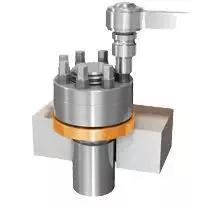
Advantages and Disadvantages of Bolt Tensioning
Advantages
Accurate Results: Bolt tensioning can deliver precise and consistent results, ensuring that the bolt is tightened to the proper level each time.
Even Load Distribution: Bolt tensioning can aid in the uniform distribution of load over all bolts in a joint, lowering the possibility of localized stress concentrations that can lead to bolt failure.
High Strength: Bolt tensioning can achieve high degrees of tension, making it appropriate for heavy-duty applications requiring high-strength bolts.
Disadvantages
Requires Specialized Equipment and Training: Bolt tensioning necessitates the use of specialized hydraulic or pneumatic instruments as well as suitable training. This can make the process more expensive and time-consuming than other techniques of bolt tightening.
Risk of Over-Tightening: Overtightening the bolt can cause damage to the bolt or the material being held together, which can be difficult to identify until it is too late.
Limited Accessibility: In regions with limited access or impediments that prevent the use of hydraulic or pneumatic tools, bolt tensioning may be difficult or impossible.
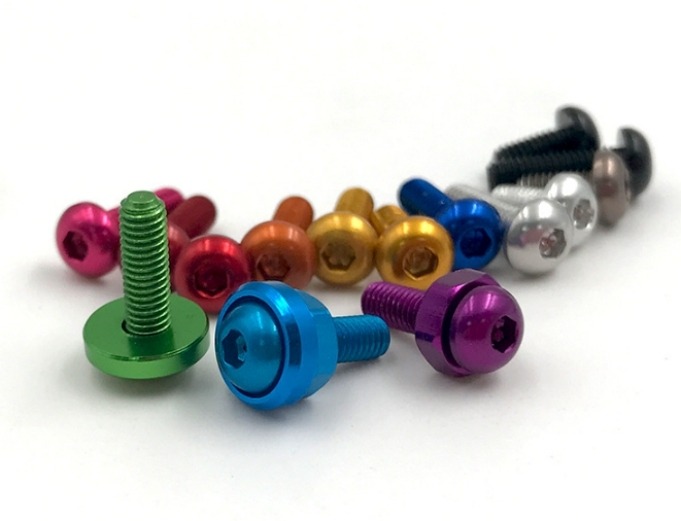
Comparison Between Bolt Torquing and Tensioning
Bolt torquing and tensioning are two methods of tightening bolts. The choice between the two is determined by the unique application requirements, such as the desired level of precision, tension, and budget and resources.
- The bolt torque is determined by the bolt size, material, and thread pitch. Tension is a measure of the stretching force imparted to the bolt and is used to calculate the clamping force created by the bolt.
- Bolt torquing is a less complicated and less expensive procedure than tensioning since it requires fewer instruments and less knowledge.
- torquing is less precise than bolt tensioning since it permits the exact amount of tension to be applied to the bolt regardless of friction, surface conditions, or other considerations.
- Bolt tensioning is more appropriate than bolt torquing for applications that demand extremely high levels of tension or when the fastened joint is crucial for safety or reliability.
- Bolt tensioning necessitates more specialized tools and skills than torquing and may be more costly to perform.
Summary
In industrial applications, bolt torquing and tensioning are two methods for tightening bolts. Bolt torquing entails applying a precise twisting force to the bolt with a torque wrench, and bolt tensioning entails applying a specific stretching force to the bolt with a hydraulic or mechanical tensioner. Bolt torquing is easier and less expensive, although it may not be appropriate for all applications. Bolt tensioning is more exact and appropriate for sensitive applications, but it necessitates the use of more specialized tools and knowledge. The choice between the two ways is determined by the application needs.

